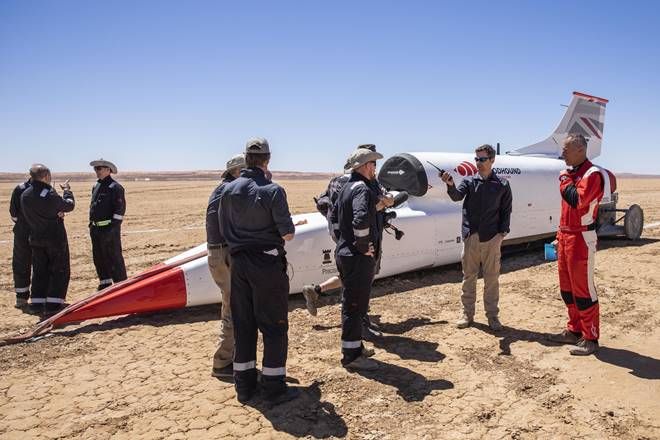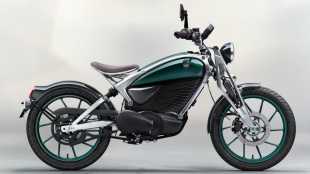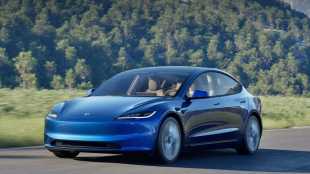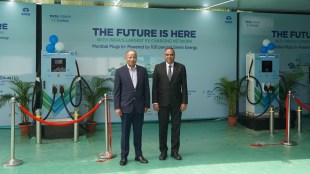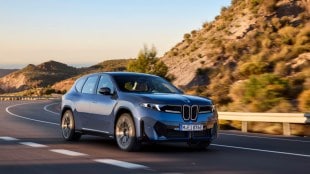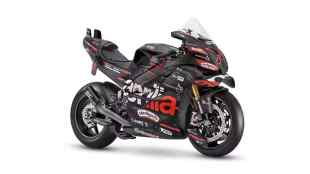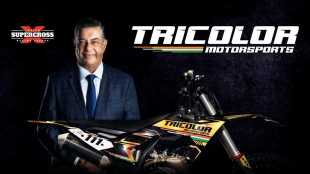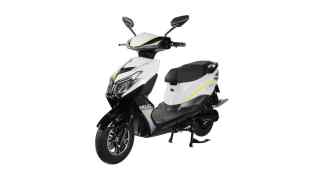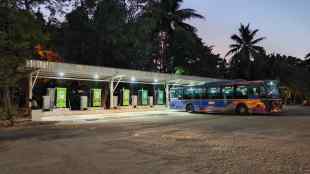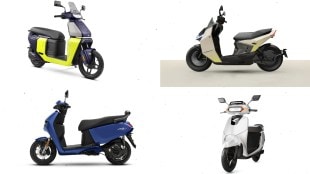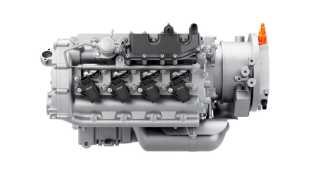
Well, when we said car in the headline, we actually meant a land vehicle and what other ‘car’ can do speeds like 1,000 km/h but the likes of Bloodhound LSC (Land Speed Car). So, on a hand cleared track that is 19.2 km long and 3.2 km wide, the Bloodhound LSC clocked 605 miles per hour (968 km/h) in its last test run with Andy Green squeezed into the cockpit. Green is already the fastest man in the world with his 1997 run in the Bloodhound SSC at 763 mph (1220.8 km/h) and he’s looking forward to breaking his own record.
Green and the Bloodhound LSC started gently until reaching 50 miles per hour when he opened up the throttle on the Rolls Royce EJ200 jet engine, and 50 seconds later he reached their planned maximum velocity of 615 miles per hour (984 km/h), Green let up on the throttle to stabilize the rocket car and prepare to deploy the parachute when he noticed that at this speed there is a power carryover of about half a second. This pushed the speed of the Bloodhound to 628 miles per hour (1004.8 km/h). The whole thing was over from start to stop in seven miles.

An inspection after the race showed that the airflow beneath the car went supersonic and peeled the paint from under its belly just behind the front aluminium wheels. These tests at predetermined speeds help engineers determine the technology needed to keep a vehicle stable at such ridiculous speeds.
The engine on the Bloodhound LSC comes from a Eurofighter Typhoon that was headed to a museum after retirement. Further tests will be carried out with a hybrid rocket designed by Nammo to attain speeds that the project is looking for.
Bloodhound LSC will now be heading to the UK for a full inspection after the test runs and refitted for its return to South Africa in 12-18 months to have a go at its own record. Post that, the team will make plans to breach the ultimate goal of breaking the 1000 miles an hour (1600 km/h) barrier.
